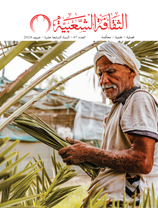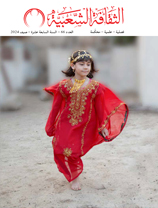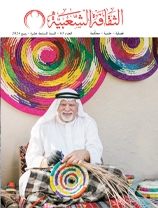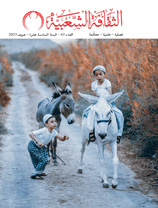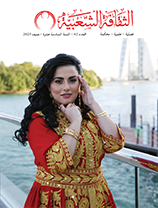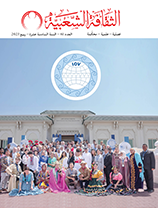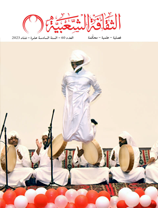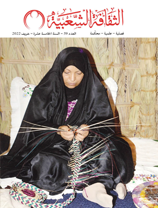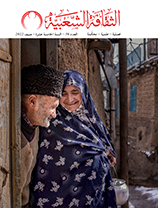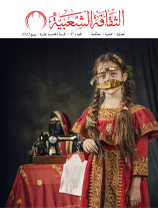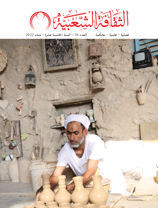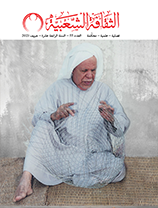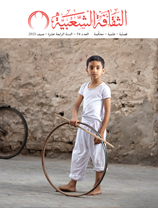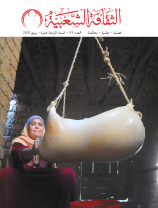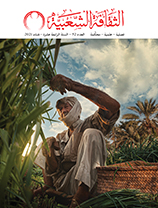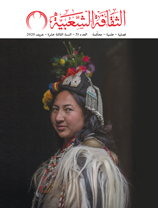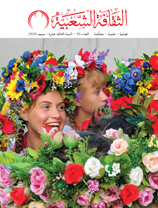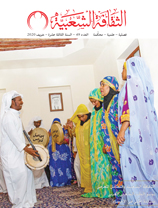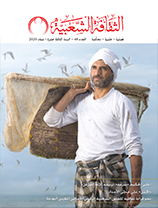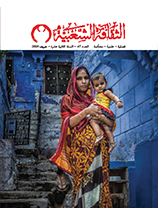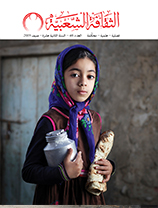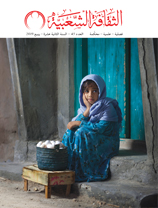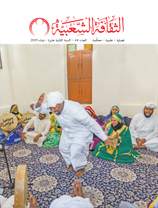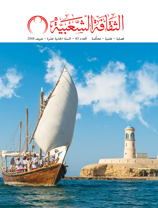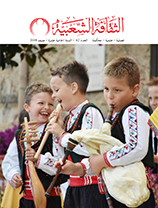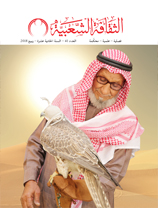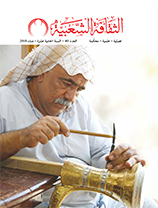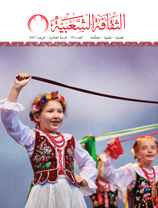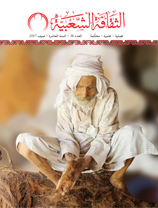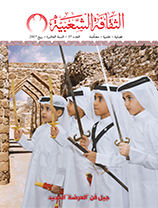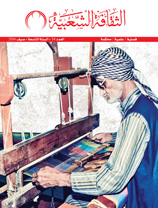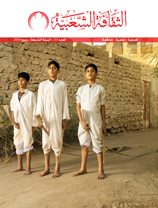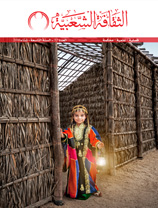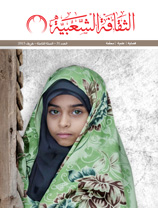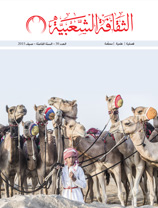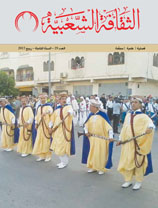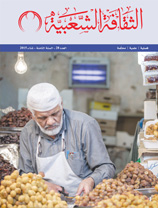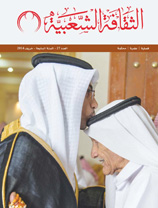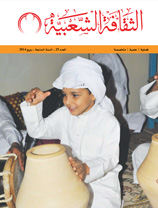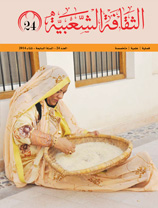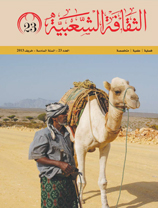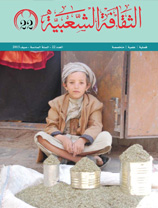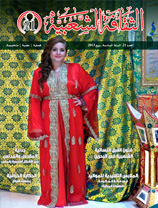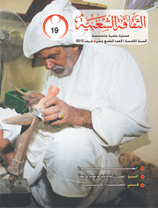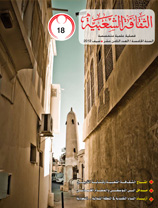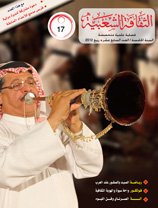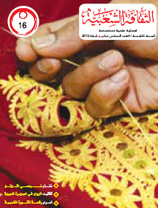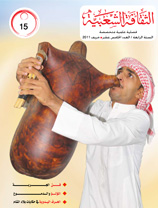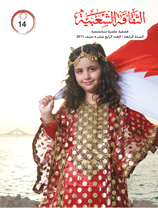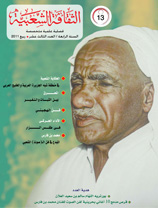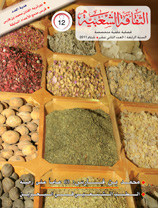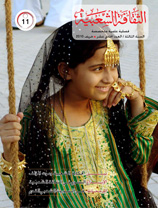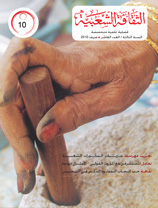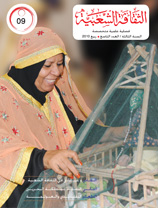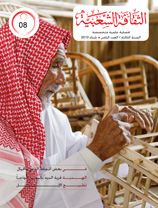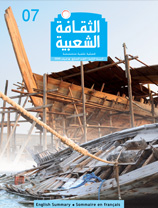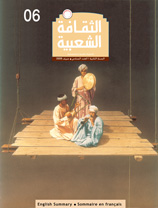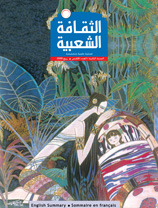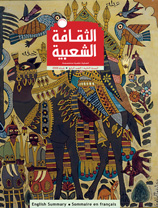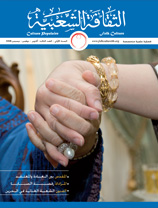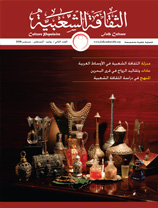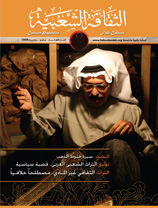The role of the folktale in understanding Palestinian popular culture
Issue 15
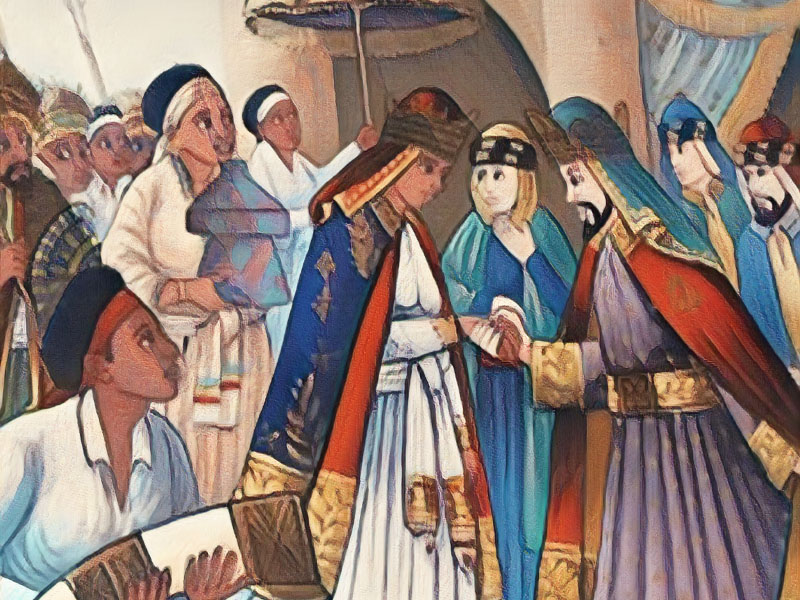
omar Al sarissi (Jordan)
The writer offers an analysis and an interpretation of a fairytale and a folktale in order to highlight the tales’ motivational elements and the characteristics of the Palestinian people and their personalities, given the changes they have undergone.
The first story is Golden Pomegranate Seeds. Egyptian scholar Dr. Nabila Ibrahim studied this story and analyzed it morphologically in her book Our Folktales, in which she mentioned that she had not found this story in her huge collection of Arab folktales.
A detailed examination of the story reveals the great internal conflict of a person encountering significant difficulties in life. This deep psychological interpretation does not prevent the reader or listener from enjoying the story.
We can examine Golden Pomegranate Seeds from two perspectives:
A - From a psychological viewpoint, we see signs of the Palestinian suffering as a result of the conflict within. This conflict may be the major source of suspense that drives the story and engages the listeners’ sympathy. This folktale, which is the story of a girl called Golden Pomegranate Seeds, reflects the experience of a person who seeks self-realization. B - From the viewpoint of social function, we are reminded of the role of women and of the importance of educating girls and respecting wives. The tale affirms the value of work in a shop, grocery and nursery. The tale refers to girls’ dreams of golden shoes, while the protagonist’s name suggests that she is of outstanding beauty.
The story portrays the Palestinian character’s fight with the forces of evil and achievement of a state of maturity and stability despite great difficulty.
The second story, Preventing Destiny, is a folktale and does not contain fairytale-like elements. If we consider the functional units of the tale, we find two main units: the wager (whether one can escape destiny); and the failure of the wager.
In the first part, the wager, we find the main theme of the tale, which creates its organic unity. In the second part, we follow the quixotic experience that ends in failure, which answers the question of destiny for the community, the tale’s creator, the narrator and the audience.
When we arrive at a clear interpretation of the events of this folktale and understand its purposes and how it motivates the Palestinian people who created it and passed it down through the generations, we recognize a number of issues:
A) The plot: The plot of this folktale, being based on a single topic and on the specific question of whether humans can change or avoid destiny, helps greatly to preserve the organic unity. Then comes the painful answer, that no creature - not even the Phoenix - can avoid destiny.
B) The characters: The most prominent character is Prophet Solomon, the famous wise man, who was endowed with many gifts including the ability to speak to birds and control animals, and this gives the theme of the story great importance.
The Phoenix, the raven and the owl are also characters. The Phoenix is mightier than humans, and in Palestinian heritage both the raven and the owl are bad omens, chosen to show that failure is inevitable.
C) The subject of the story: The collective imagination created the events of this folktale to reconfirm belief in destiny. The story starts with a question of doubt as to whether creatures can avoid destiny, but the events of the story disprove this doubt. The story starts with doubt and ends with certainty, a highlight of the philosophy of Palestinian society, which emphasizes being a faithful believer in Allah and his decree.





